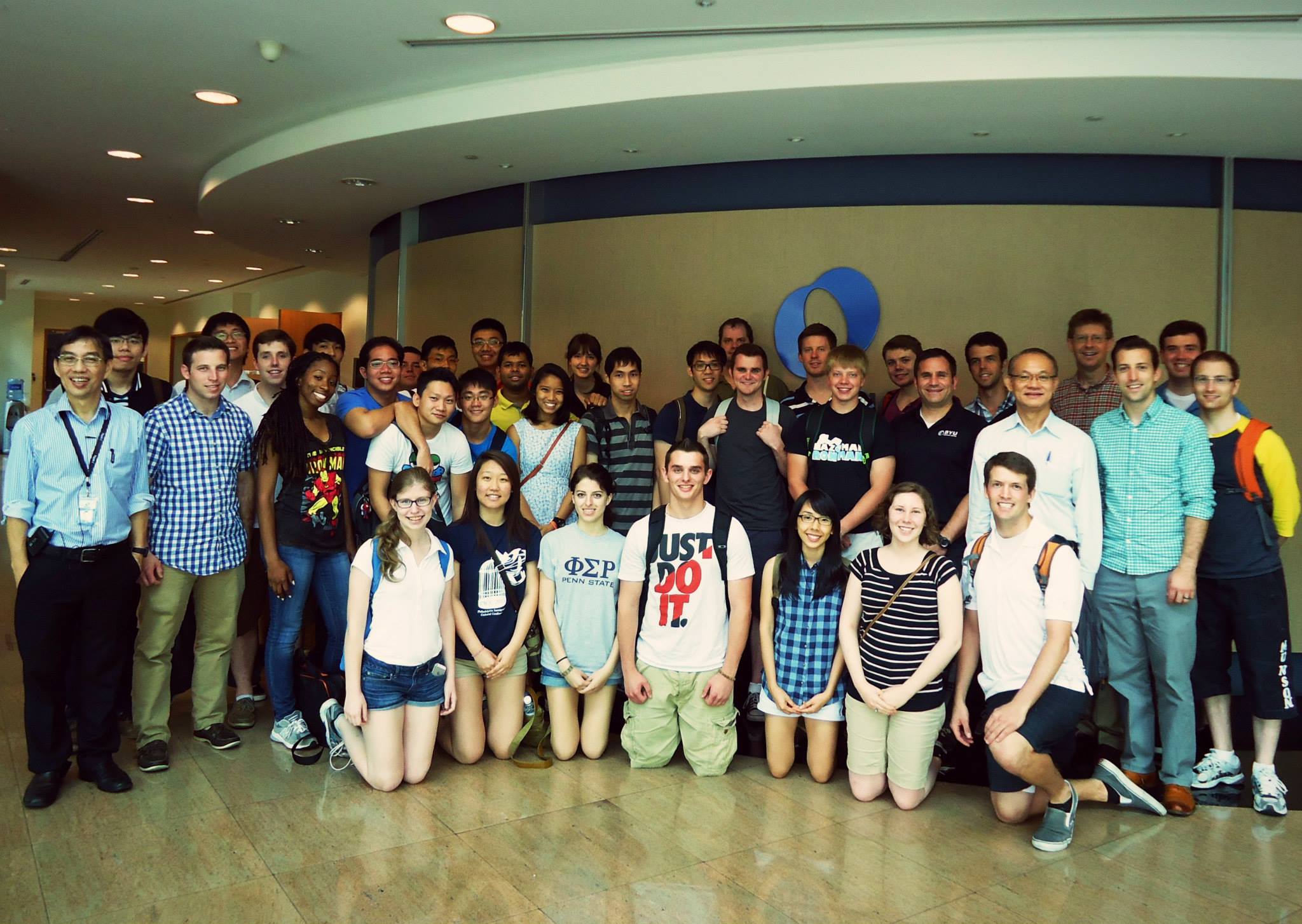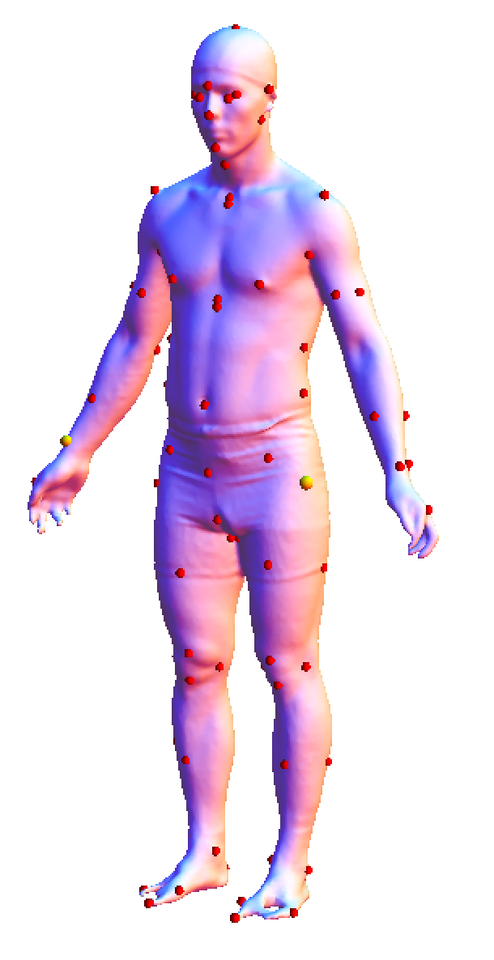by mbp11 | Aug 1, 2014 | Publications
The purpose of this project is to identify sources of variability within the glenoid of the scapula to assist in implant placement and design for Total Shoulder Arthroplasty (TSA). The glenoid is the socket component of the ball and socket connection of the shoulder...
by mbp11 | Jul 16, 2014 | Publications, Uncategorized
The Iron Lion Design Challenge is a design-build-test event held annually at the Penn State University Park campus. In addition to providing hands-on experiences for students, it is an opportunity for faculty to pilot new strategies for teaching design practice to...

by mbp11 | Jun 15, 2014 | Publications
Engineering graduates must not only develop technical skills for success within their career but they must also develop global competence to interact effectively in today’s increasingly interconnected world. Beginning in 2008, a group of universities from different...

by mbp11 | May 20, 2014 | Publications
Human figure models included with today’s high-end simulation systems are widely used for ergonomic analysis. Male and female figures can be scaled by inputting standard anthropometric dimensions, such as stature, body weight, and limb lengths to represent a large...
by mbp11 | Jan 1, 2014 | Publications
Design for Human Variability (DfHV) is a DfX activity that supports the design of artifacts, tasks, and environments that are robust to the variabilty in their users. This requires an understanding of the body size and shape of the target user population....
by mbp11 | Jan 1, 2014 | Publications
Design for Human Variability (DfHV) is the practice of designing artifacts, tasks, and environments that are robust to the variability in their users. Designs often incorporate adjustability and/or offer several sizes to account for the different requirements of the...

